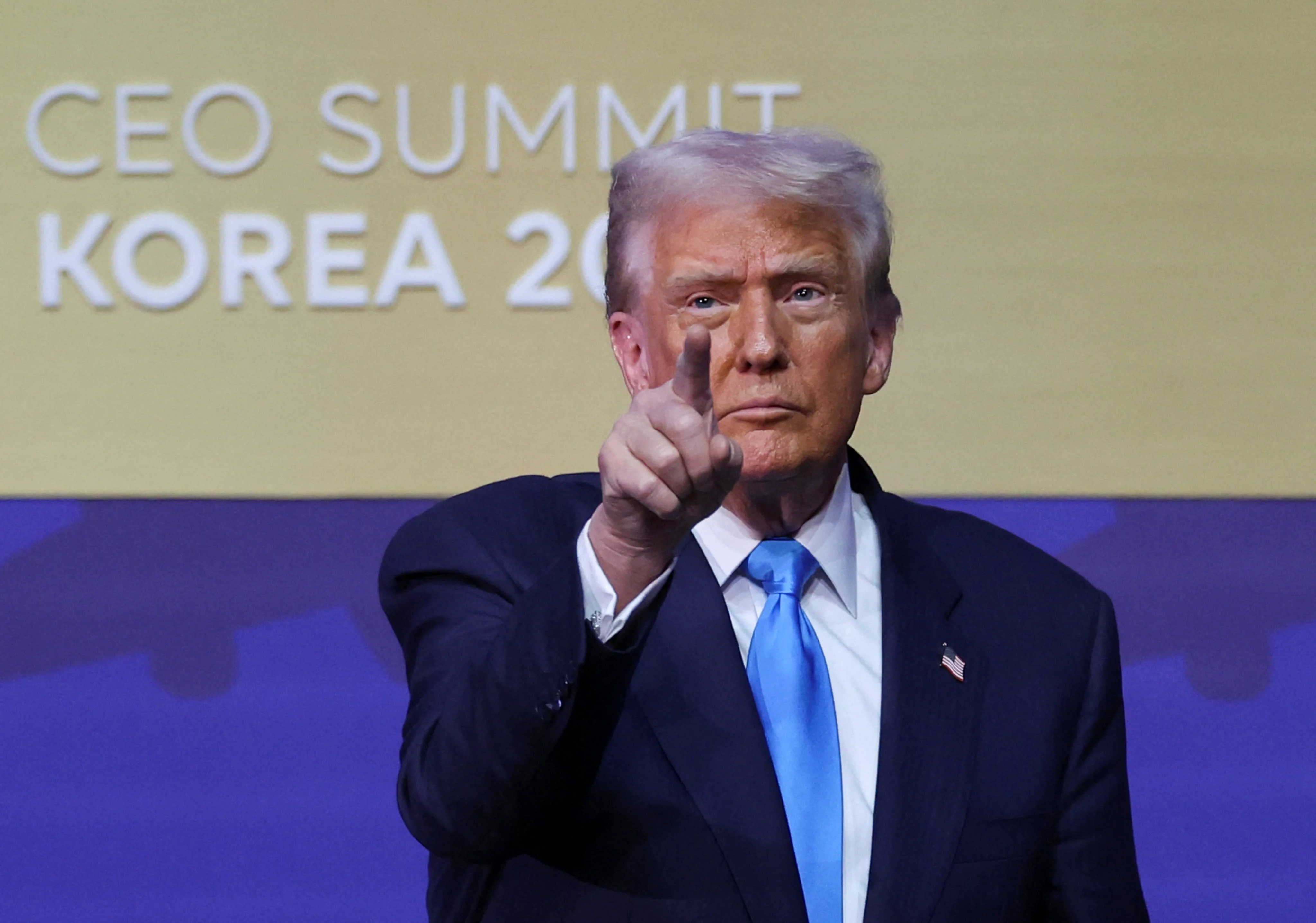Copyright scmp

The nine justices of the US Supreme Court will soon rule on the validity of President Donald Trump’s tariffs, a showdown that could blunt what he claims is his favourite economic and diplomatic tool. On Wednesday, they will hear oral arguments in a landmark case that could reshape presidential powers, American trade policy, global commerce worth billions of dollars and international relations for decades. The dispute centres on two lawsuits filed by seven small businesses and 12 US states, led by Oregon. The coalition, including Arizona, Colorado, Connecticut, Delaware, Illinois, Maine, Minnesota, Nevada, New Mexico, New York and Vermont, challenges Trump’s authority to impose tariffs on all imported goods using emergency powers. The 80-minute session will begin at 10am US Eastern time. The arguments, which exceed the court’s usual 60-minute format, will be split: 40 minutes for the government, 20 each for the private and state petitioners, plus 10-minute rebuttals per side, underscoring the high stakes. Trump on Sunday backed away from earlier hints that he might attend the Supreme Court arguments in person, saying he would stay away to avoid becoming a distraction. “I will not be going to the Court on Wednesday, in that I do not want to distract from the importance of this decision,” Trump wrote on social media. “It will be, in my opinion, one of the most important and consequential decisions ever made by the United States Supreme Court.” Trump remains adamant his tariff strategy is working The “America first” leader pointed to his recent deal with China as proof that his tariff strategy works, saying the “recent successful negotiation with China, and many others, put us in a strong position only because we had tariffs with which to negotiate fair and sustainable deals”. He added that “if a President was not able to quickly and nimbly use the power of tariffs, we would be defenceless”, underscoring his argument that tariffs remain a crucial tool in US trade talks with Beijing. Neal Katyal, former acting lawyer general under Obama and partner at Milbank LLP, a New York-based international law firm, will represent the private business petitioners, joined by conservative heavyweight Michael McConnell for the states. Trump’s Solicitor General, Jonathan Sauer, will defend the administration solo for the federal parties. The petitioners argue that the “America first” president overstepped Congress by declaring a national emergency under the 1977 International Emergency Economic Powers Act (IEEPA) to impose sweeping “reciprocal tariffs” in April. Importers also contend that the tariffs threatened their businesses, as ongoing trade wars had already shrunk markets and forced many doors to close. The administration asserts that the IEEPA empowers the president to deal “with any unusual and extraordinary threat” by, among other measures, “regulat[ing] … importation after importation”, granting wide-ranging tools, including tariffs, to counter foreign-sourced dangers. Trump has long defended tariffs as a tool to cut government debt, punish rivals like China, revive US manufacturing and even nudge warring nations towards peace. The administration warned in briefs to the justices ahead of Wednesday’s hearing that it would bring “catastrophic consequences for our national security, foreign policy and the economy” if they ruled against the tariffs. Trump’s global tariffs are projected to bring in US$4 trillion for the US government over the next decade. The duties, his team argues, have pushed countries to the negotiating table and spurred companies to move more manufacturing back home. But so far, lower courts have largely sided against Trump. In August, a seven-justice majority of the US Court of Appeals for the Federal Circuit ruled that while the IEEPA gives broad emergency powers, these tariffs exceed them. In May, the International Trade Court in New York struck down his Liberation Day and fentanyl-related tariffs on China and Canada. The Supreme Court, whose decision is expected in the first half of 2026, will apply the “major questions doctrine”, which requires Congress to use clear and explicit language when giving the executive branch authority for sweeping economic actions. Critics say the IEEPA may fall short of this standard, as it never mentions “tariffs” or related terms like “duties”, “customs”, “taxes”, or “imposts”. Lawsuits challenge Trump’s authority to impose tariffs on all imported goods More than 40 briefs have been submitted to the US Supreme Court by constitutional experts, lawmakers, think tanks, and a coalition of over 700 small and medium businesses. A brief submitted by 207 US lawmakers – including just one Republican, Alaska Senator Lisa Murkowski – this month told the High Court that “neither the word ‘duties’ nor the word ‘tariffs’ appears anywhere in the IEEPA”. “The Administration’s interpretation of the IEEPA would effectively nullify the guardrails outlined in every statute in which Congress expressly granted the President limited tariff authority – a result Congress did not intend,” the lawmakers said in the brief. Last week, the Senate voted three times to block Trump from enforcing the sweeping tariffs he has imposed since taking office, with a few Republicans – senators Murkowski, Maine’s Susan Collins, and Kentucky’s Mitch McConnell and Rand Paul – joining the opposition. The move was largely symbolic, as the measures have little chance of advancing in the House and none of being signed into law by Trump. The timing of the case couldn’t be more precarious. Since April, Trump has signed reciprocal trade pacts with key Asian partners, including China, Japan, South Korea, Malaysia, Cambodia and Thailand, aimed at easing tensions, shoring up critical mineral supply chains and curbing fentanyl flows. The China deal includes a one-year truce, after US tariffs on Chinese goods were reduced by 10 per cent. Meanwhile, negotiations with India are inching towards a landmark pact that could lift bilateral trade to US$500 billion by 2030, even as Trump threatens 250 per cent duties to extract concessions on defence and market access. A ruling against the government could force billions in retroactive refunds, potentially over US$100 billion based on duties collected since February, triggering administrative chaos and market volatility as importers rush to claim reimbursements. Still, experts say Trump may already have fallback plans. “The White House likely would cobble together a series of executive orders, proclamations and other executive actions to impose something similar to the current tariff rates,” predicted Dave Townsend of Dorsey & Whitney’s International Trade Group. “It’s hard to guess what Plan B looks like without seeing the Supreme Court opinion. However, it likely would rely on a combination of IEEPA, Section 301, Section 232 and other authorities that explicitly permit the imposition of temporary tariffs,” Townsend added. “The Supreme Court decision also might call into question the legal basis for the trade agreements that the administration has negotiated with other countries, including the arrangements announced with Cambodia, Japan, Malaysia, Thailand and Vietnam over the last week.”



